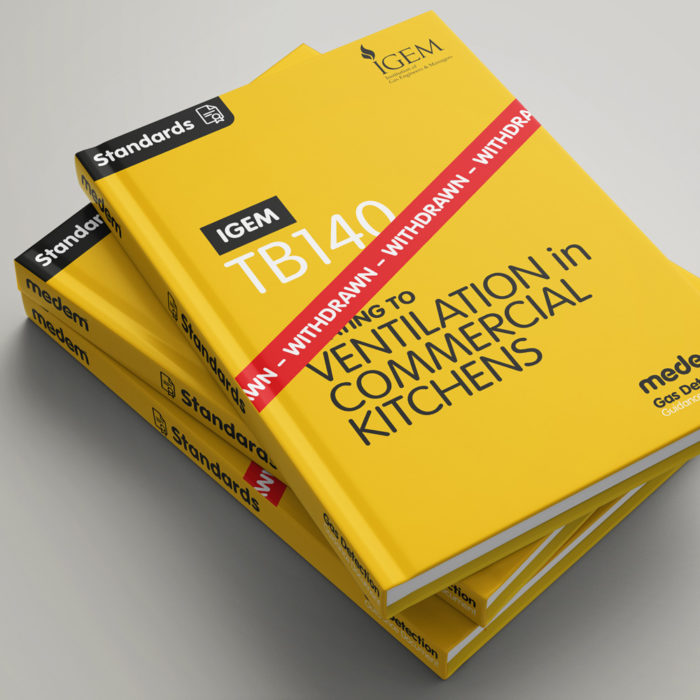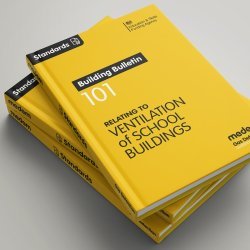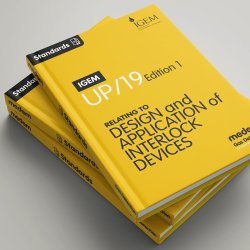Gas Safe TB140 Guidance on ventilation in commercial kitchens (Withdrawn)
This document has been withdrawn and replaced by the recently published IGEM/UP/19, Edition 1
The major issue that this document attempts to give resolution to is:
What happens when a fan fails that forms part of the ventilation design for a commercial kitchen?
It is still the case that the CO2 level within the staff working areas of the kitchen should be below 2,800 ppm and that the gas should be isolated should the CO2 level rise above this limit. Above this level but below 5,000 ppm the kitchen will be designated at risk by a Gas Safe technician. However, where an interlock proving system is fitted with CO2 monitoring should a fan failure occur a competent person can activate the CO2secondary interlock system. This will allow the kitchen to be used for up to 24 hours so allowing time for the ventilation to be restored. The CO2 level higher limit is increased to 5,000 ppm during the 24 hour period. Should the CO2 level rise above that level then the gas must be isolated. Secondary interlock must form part of a primary interlock system. It is not acceptable to have a separate system.
Facts about CO2 monitoring in a commercial kitchen.
Only use CO2 detectors that have a PTFE filter that can be easily changed periodically. Although commercial and industrial CO2 detector heads will make some allowance for unclean air they could eventually become blind in the air of a commercial kitchen.
Bearing in mind that interlock overrides are not allowed, it could be too easy to use a CO2 secondary interlock as an override by just switching the fans off and activating the secondary interlock function. Cold make-up air and noise used to be reasons why overrides were used by kitchen staff.
It is obviously important that the interlocking panel used has been designed so that what is described above cannot happen.
Also, it is important that a primary interlock fitted with CO2 has the ability to change from 2,800 ppm to 5,000 ppm should the secondary interlock function be activated.
See also British Standard 6173/2009 and IGEM/UP2, Edition Two
- CATEGORY Commercial Kitchens
- TAGS






